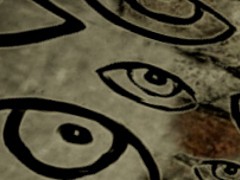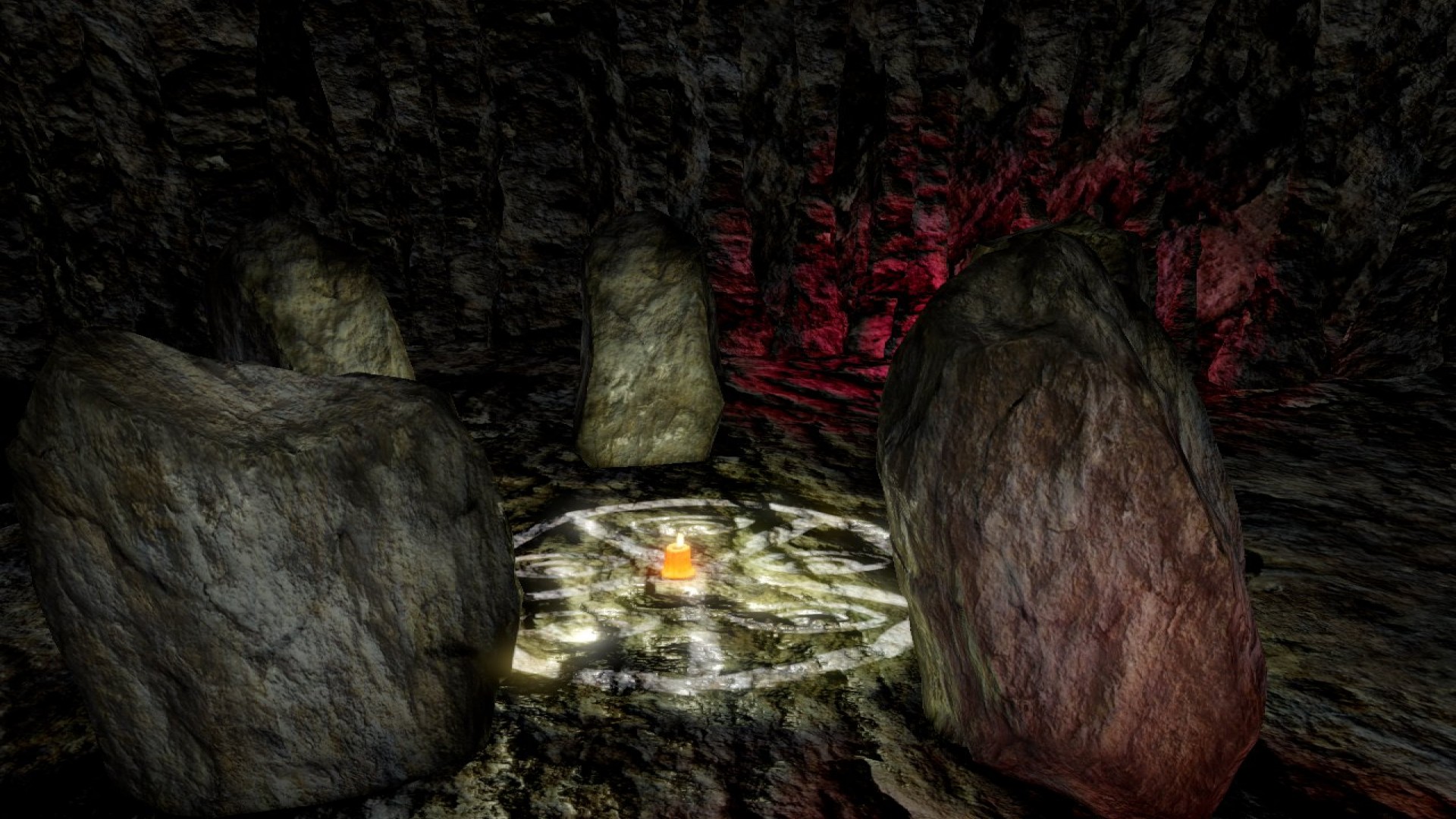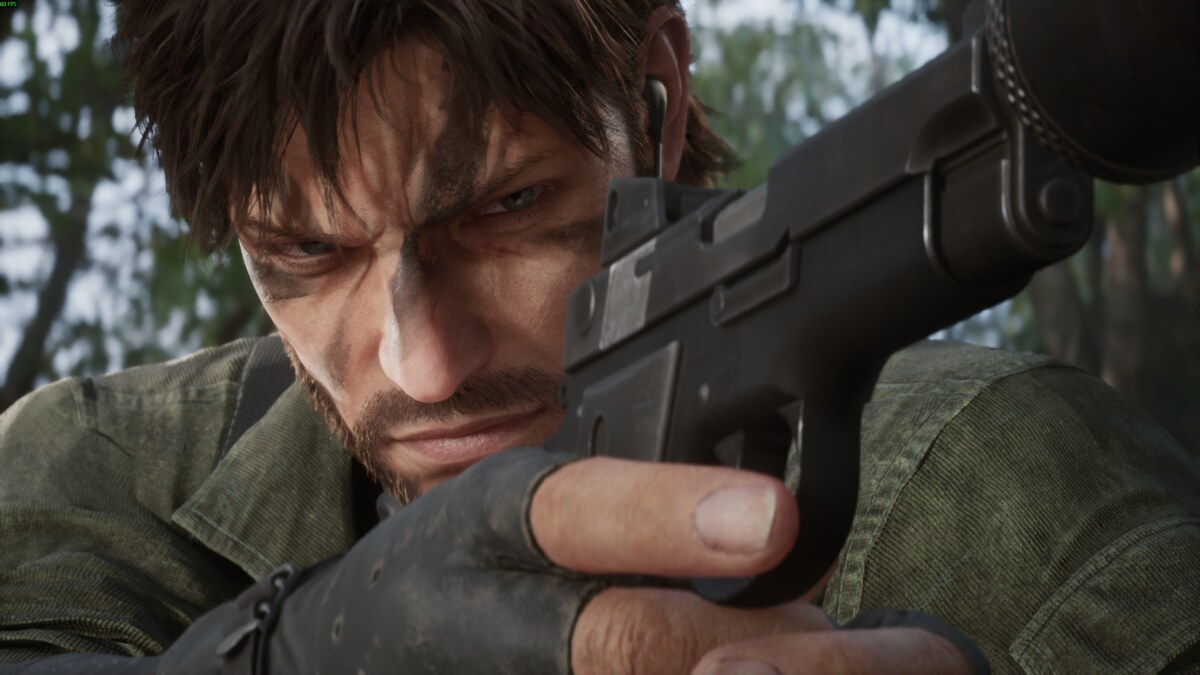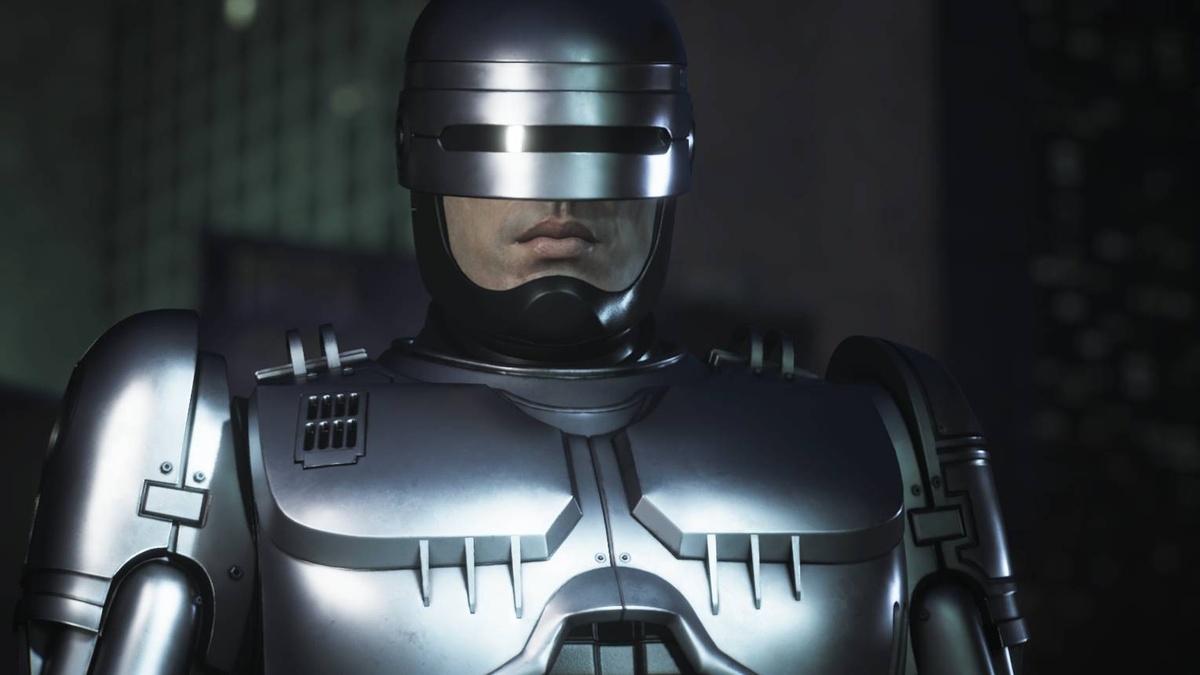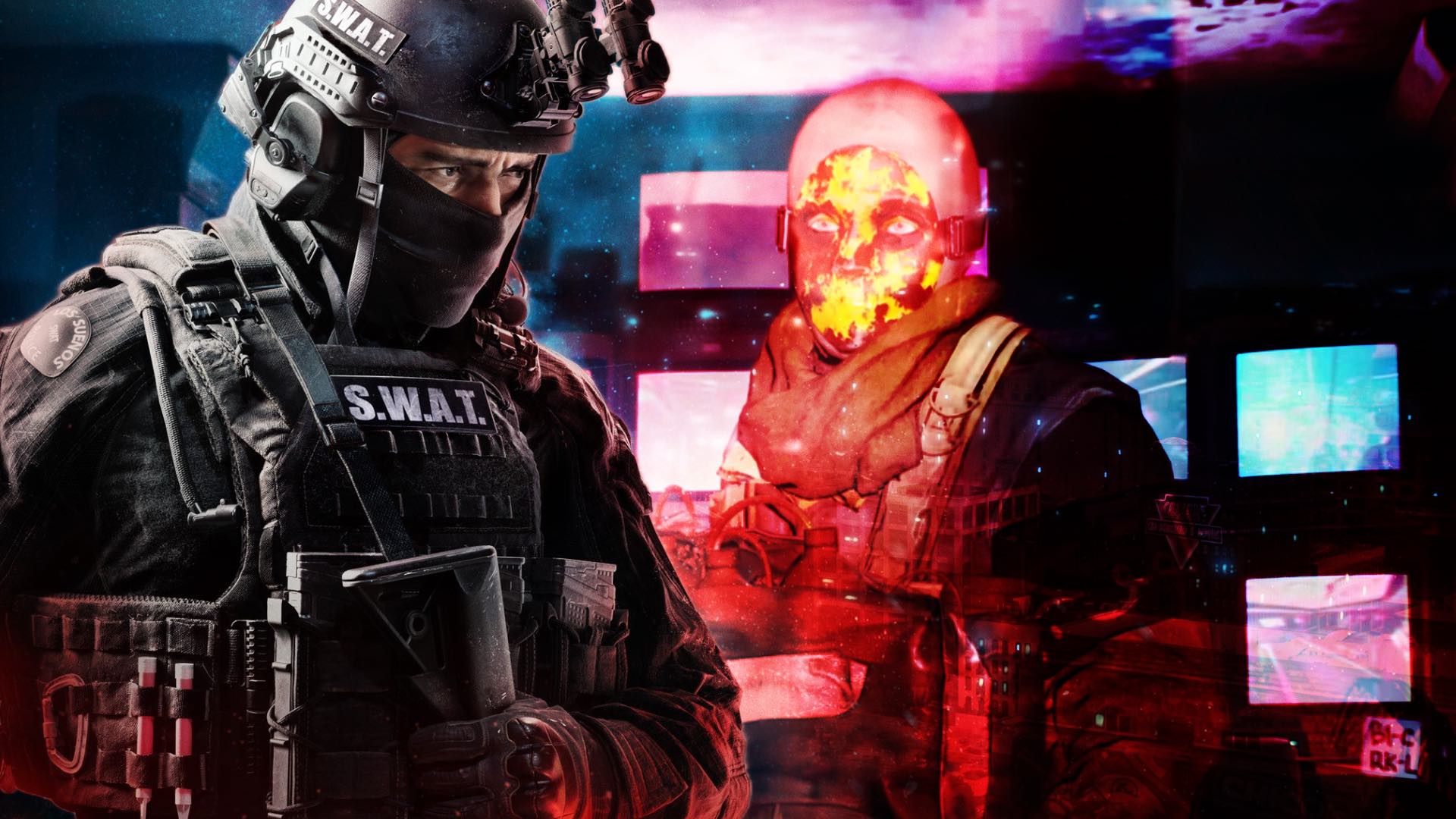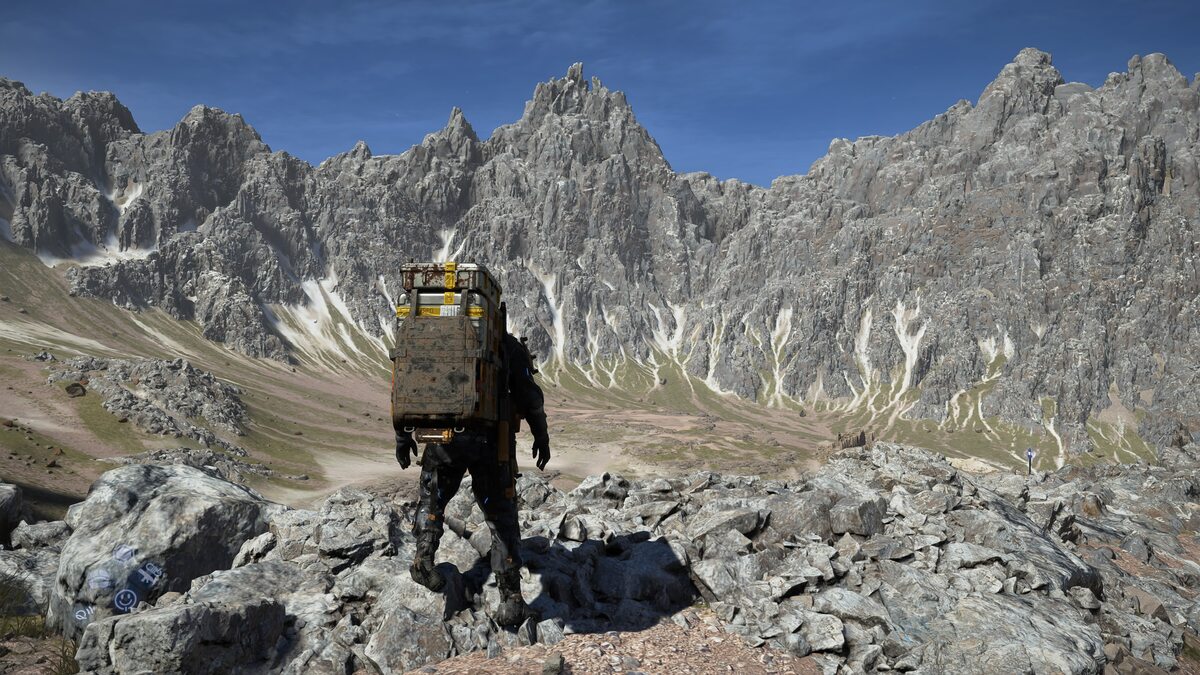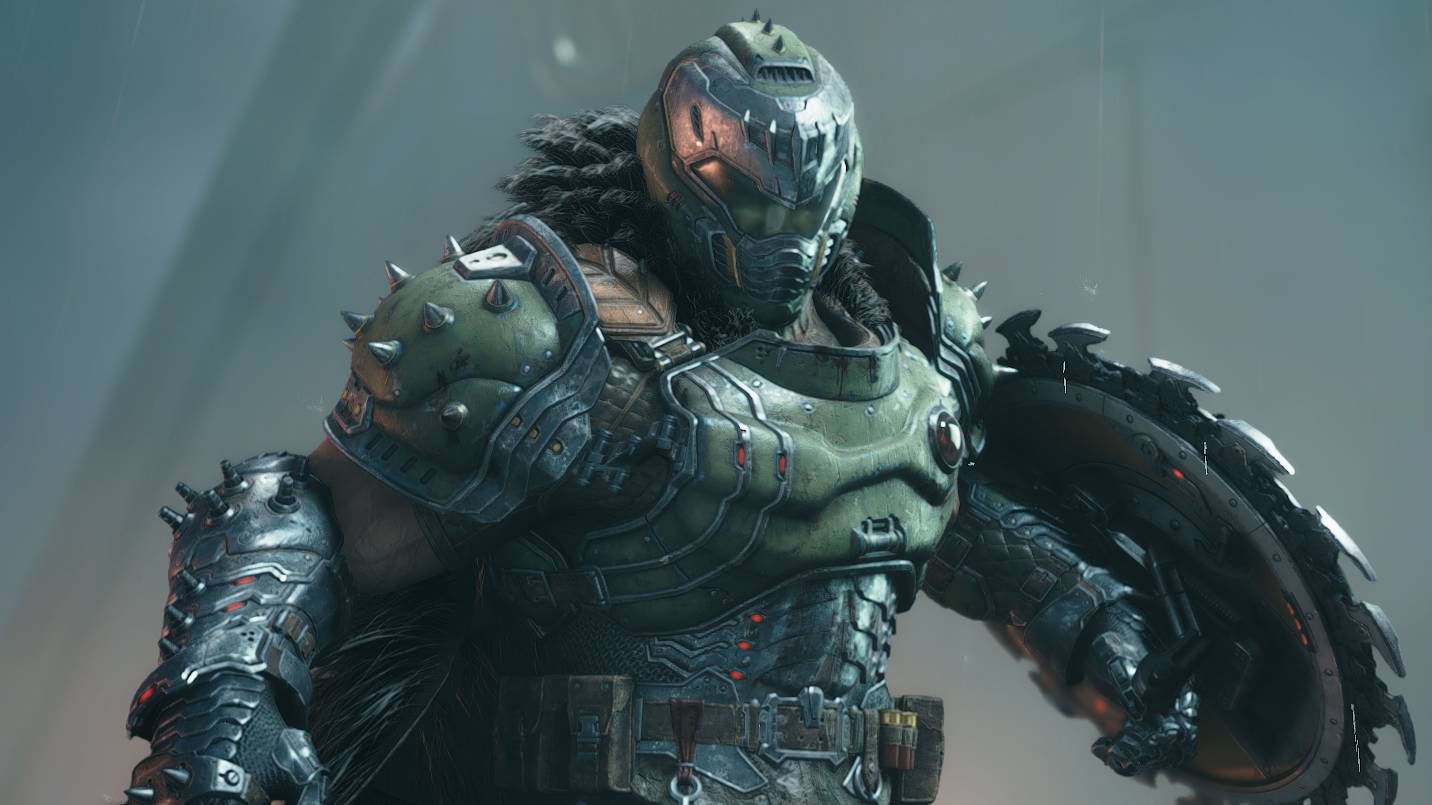You can trust VideoGamer. Our team of gaming experts spend hours testing and reviewing the latest games, to ensure you're reading the most comprehensive guide possible. Rest assured, all imagery and advice is unique and original. Check out how we test and review games here
The idea: a horror game that reacts to your presence within the world. Anna knows what you’re thinking, so goes the marketing blurb, and she’ll use that against you.
The reality: a first-person point-and-click adventure that relies on infuriating genre tropes. You’ll spend most of your time crawling around dilapidated rooms, searching for an object you might be able to arbitrarily combine with another, in the hope that you’ll manage to trigger the next spooky set-piece.
Anna’s directionless puzzles help undermine what could have been a successful experiment in mood and storytelling. There are genuine scares here and there – real, heart-pounding moments of unexpected terror, despite the lack of overt threat – but the amount of time you’ll spend scratching your head, instead of soaking up the atmosphere, puts a dampener on any tension in between.
The problem lies in the way each conundrum is set up. Aiming for a sense of mystery and experimentation is all well and good, but when it means you spend most of your time unsure what you’re actually supposed to be doing, something’s gone quite wrong.
For example, the game’s only tangible obstacles are a series of locked doors. How many are opened with a key? That’d be zero: you make progress entirely through sequences of arcane interactions, and eventually the locks unbolt themselves.
Anna doesn’t provide you with problems to solve; it just puts a bunch of seemingly random stuff in a room and assumes you’ll muddle your way through. There are clues dotted around, but they’re vague and unhelpful, muddied by some shaky translation from the developer’s native Italian. Meanwhile, the game’s poor feedback provisions mean getting something nearly right results in the same response as any other attempt, and interactions that seem perfectly logical prompt a smug ‘why would I do that?’
It reeks of unfinished development, too. For an entire section of the game the hints system didn’t update, no matter what I did. And, for no reason that I can dream up, the main menu is tied to F1 rather than Esc, which left me frantically pressing everything on my keyboard for a while just so I could save the game.
With a walkthrough open – and in the end, I simply couldn’t finish Anna without one – you’ll breeze through the three distinct sections in just an hour or two. That’s not the best way to play, as some of the most chilling moments occur when you’re taking the time to investigate every nook and cranny of this creaking old sawmill. The compulsion to explore, however, is only there because you know there might be yet another tiny item buried under a pile of wood in a dark corner – not because you’re desperate to piece together its mostly impenetrable plot.
It’s another frustrating failing. The game plays its narrative hand far too late, meaning you’ve already fallen half-asleep before you realise it’s actually being quite clever. Despite pre-release whispers of Amnesia: The Dark Descent, Anna’s main nods are to the likes of Pathologic and Dear Esther – strange, incongruous imagery begins to dot the environments, and the levels start to change behind your back, morphing into an otherworldly metaphor by the time the endgame rolls around.
The game’s designed to be played two or three times over, as a range of variables affect the scenes you’ll see, but it would take some extraordinary patience to click through Anna’s opening half more than once. This is adventure game logic at its very worst: sequences of inventory-fumbling that barely make any sense after you’ve arrived at the solution, let alone while you’re trying to solve the puzzle.
If you can brave such horrifying nonsense then it’s worth sticking around until the conclusion, even if it does arrive far too abruptly. As the fragments of story start to slot together, something faintly interesting begins to emerge, and the level designers’ creativity is allowed to breathe through some extravagant artistic touches that complement the tale you’re unravelling.
But ‘wasted opportunity’ is a phrase that keeps rearing its head, whether it’s thanks to the garbled translation, a broken hints system, or completely absent puzzle logic. Anna has some great ideas, but it’s the game’s carelessness that’ll stay with you, not its moments of inspired horror.
Version Tested: PC
